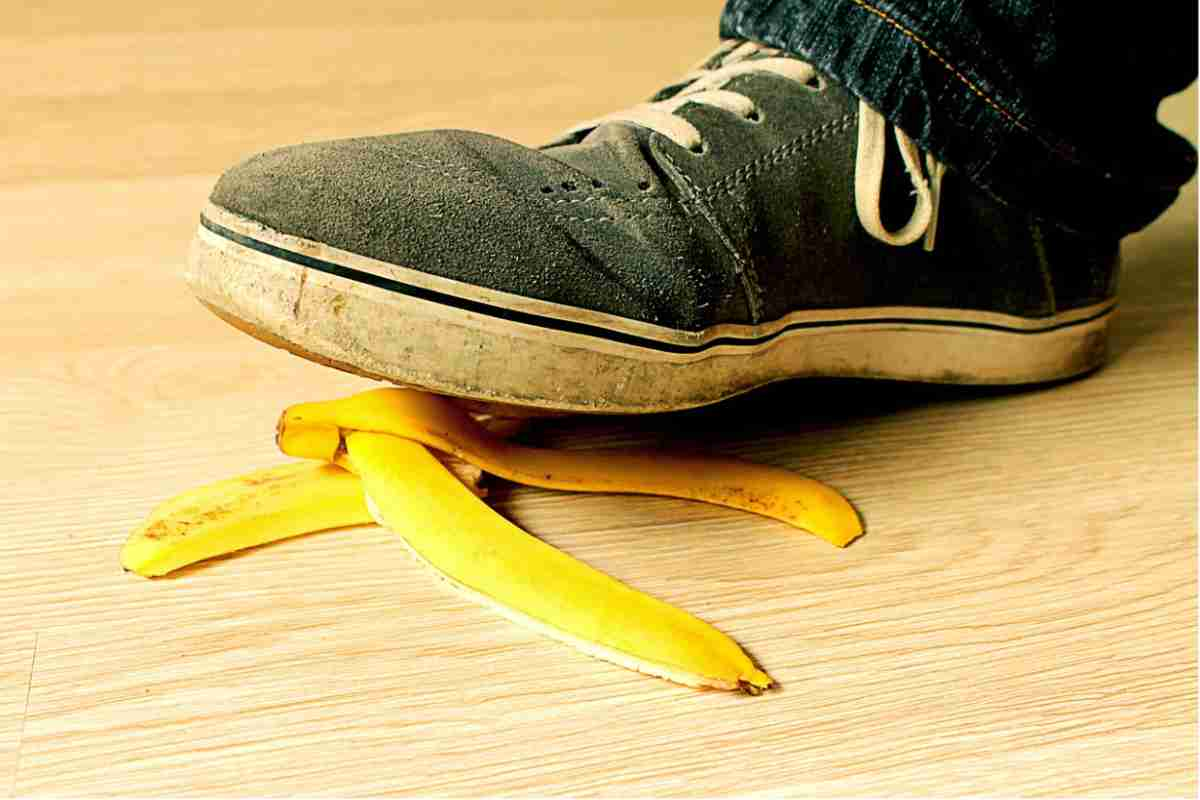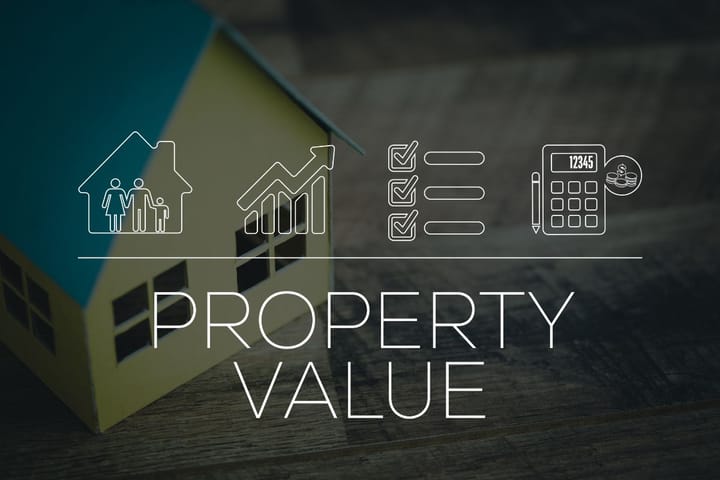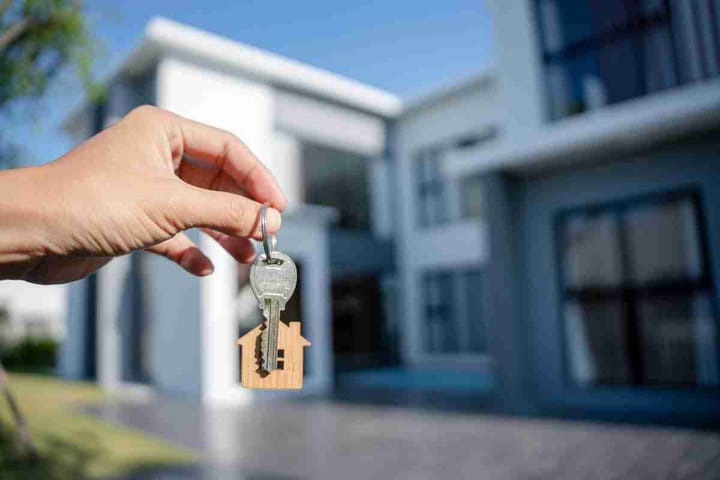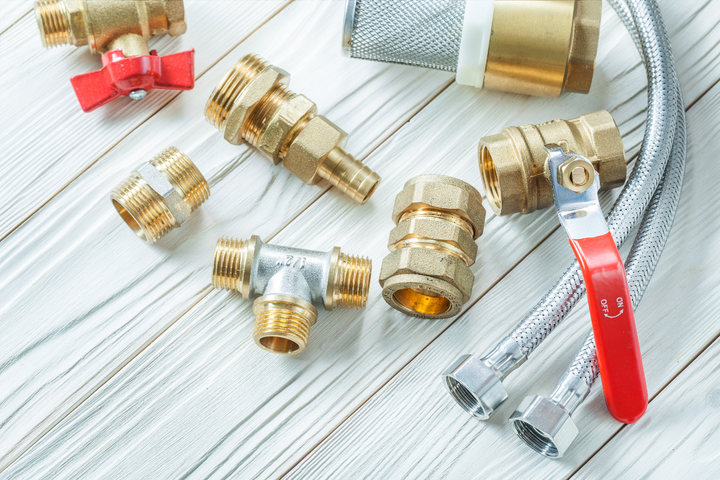Understanding Liability Insurance: What Homeowners Need to Know
Protect your home with the right liability insurance. Understand coverage, factors affecting premiums, and make informed decisions.

Liability insurance is a critical aspect of protecting your home and assets. However, many homeowners don't fully understand how it works or what specific elements affect their coverage.
Well, this guide dives into the essential details you need to know about liability insurance, from types of coverage to the impact of high-risk items, to help you make informed decisions.
There Are Various Types of Liability Coverage in Home Insurance
Understanding the different types of liability coverage helps you ensure comprehensive protection.
Generally, homeowners’ insurance includes several kinds:
- Personal Liability. Covers legal fees and damages if someone sues for injuries or property damage caused by you or family members.
- Medical Payments to Others. Pays for minor medical expenses incurred by guests injured on your property, regardless of fault.
- Property Damage. Protects against claims arising from accidental damage to another person’s belongings.
- Dog Bites and Injuries Caused by Pets. Some policies cover incidents involving your pets, but this can vary based on breed restrictions.
Consult with your insurer regularly to confirm adequate protection based on evolving circumstances in and around your home.
Also, it could be worth consulting a local lawyer to ensure you understand the legal repercussions of liability if someone is injured on your property.
Furthermore, it could be useful to have, for example, an Evansville personal injury lawyer on hand for any time you may need to file a personal injury lawsuit against someone who causes you harm via negligence or recklessness.
You Should Understand How Liability Claims Work and Know What to Expect
When someone files a liability claim against your homeowner's insurance, the process can feel overwhelming. Initially, you report the incident to your insurer who then assigns an adjuster to investigate its validity. This investigation involves gathering evidence, speaking with witnesses, and reviewing any related documentation.
Once the investigation concludes, and if you are found liable, your policy covers legal fees and potential settlements up to your coverage limit. During this period, the process might take weeks or even months.
Effective communication is key - respond promptly to requests for information and keep detailed records of everything related to the incident.
Understanding these steps helps mitigate stress when navigating through a liability claim. Preparedness and cooperation ensure smoother handling of claims while protecting your financial well-being during unforeseen events.
Various Factors Affect Your Liability Insurance Premiums
Various elements influence the cost of your liability insurance premiums.
The location of your home plays a significant role, with high-risk areas often leading to higher costs. The coverage amount you choose also impacts premiums - more coverage means higher costs but greater protection. Additionally, the presence of high-risk items like trampolines or swimming pools can elevate rates.
Understanding these factors enables you to make informed decisions about balancing cost and necessary protection for your home.
High-Risk Items Can Impact Your Policy
High-risk items like trampolines, swimming pools, and certain pets can significantly affect your liability insurance. These items increase the likelihood of accidents, leading insurers to raise premiums or impose exclusions.
It's crucial to inform your insurer about these features and discuss how they influence your coverage.
Proactively managing these risks ensures you maintain adequate protection without unexpected gaps in your policy.
Be Aware of Common Exclusions in Homeowners Liability Policies
Lastly, homeowners need to be aware of common exclusions in liability policies.
Standard homeowner’s insurance often excludes coverage for incidents involving intentional harm, business activities conducted from home, and certain dog breeds deemed dangerous. Additionally, damages from natural disasters like floods or earthquakes usually aren't covered under standard liability terms.
Knowing these exclusions helps you identify gaps and consider additional coverage options if needed to ensure comprehensive protection against potential risks.




Comments ()